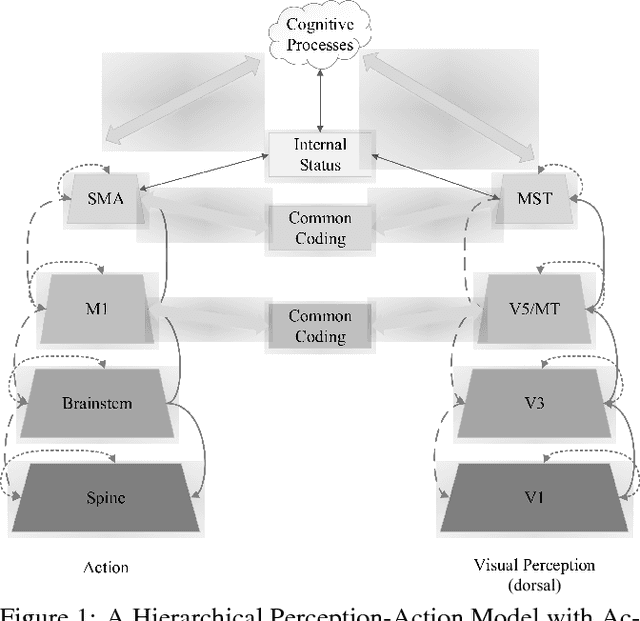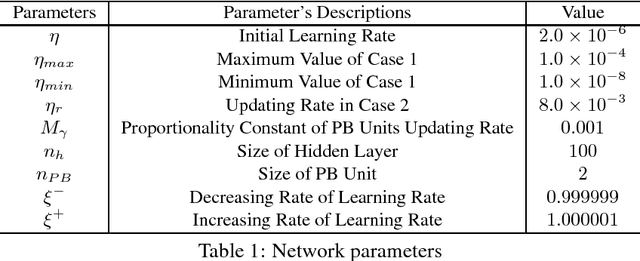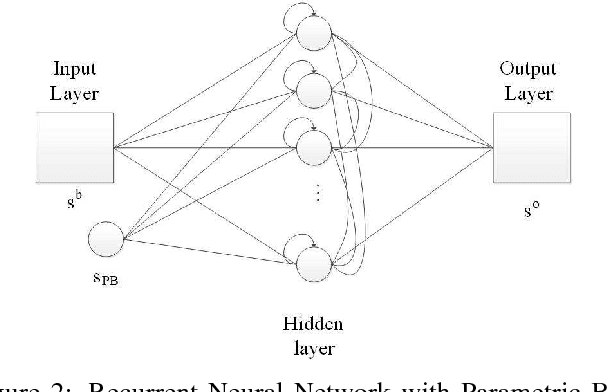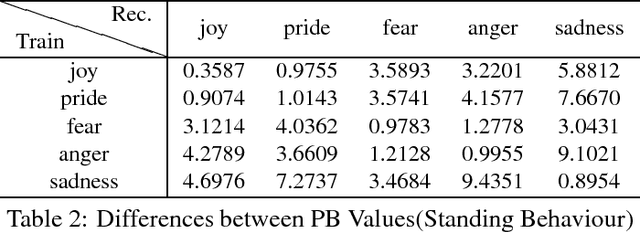Mingjun Dai
A Study of Deep Feature Fusion based Methods for Classifying Multi-lead ECG
Aug 06, 2018



Abstract:An automatic classification method has been studied to effectively detect and recognize Electrocardiogram (ECG). Based on the synchronizing and orthogonal relationships of multiple leads, we propose a Multi-branch Convolution and Residual Network (MBCRNet) with three kinds of feature fusion methods for automatic detection of normal and abnormal ECG signals. Experiments are conducted on the Chinese Cardiovascular Disease Database (CCDD). Through 10-fold cross-validation, we achieve an average accuracy of 87.04% and a sensitivity of 89.93%, which outperforms previous methods under the same database. It is also shown that the multi-lead feature fusion network can improve the classification accuracy over the network only with the single lead features.
A Hierarchical Emotion Regulated Sensorimotor Model: Case Studies
May 11, 2016



Abstract:Inspired by the hierarchical cognitive architecture and the perception-action model (PAM), we propose that the internal status acts as a kind of common-coding representation which affects, mediates and even regulates the sensorimotor behaviours. These regulation can be depicted in the Bayesian framework, that is why cognitive agents are able to generate behaviours with subtle differences according to their emotion or recognize the emotion by perception. A novel recurrent neural network called recurrent neural network with parametric bias units (RNNPB) runs in three modes, constructing a two-level emotion regulated learning model, was further applied to testify this theory in two different cases.
 Add to Chrome
Add to Chrome Add to Firefox
Add to Firefox Add to Edge
Add to Edge